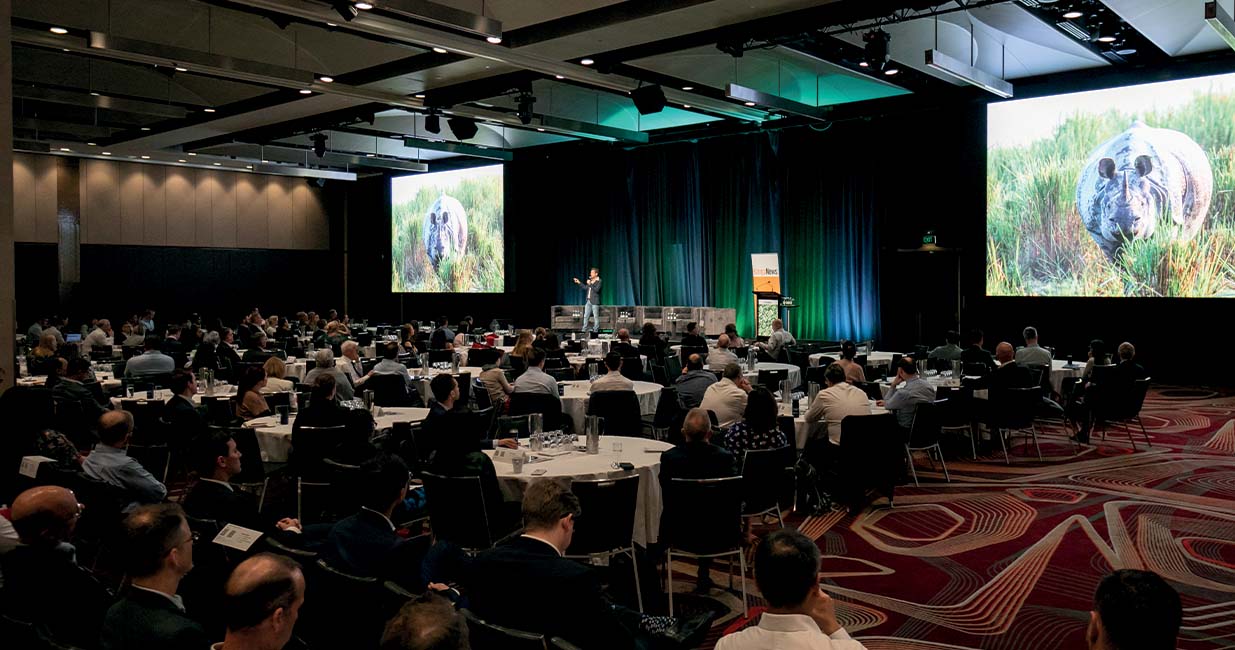
Finance and the heavy lifting of sustainable transition
The KangaNews Sustainable Debt Summit 2023 featured its most wide-ranging agenda ever, taking in hot button topics across the sustainable finance landscape. Sessions covered carbon offsetting and trading, the rise of biodiversity as a focus area, the shift from mitigation finance to also include adaptation, as well as a raft of other critical areas of concern.
“We have generated a great deal of financial return on investment from degrading nature. Now we need to create value in nature, by redirecting our financial wherewithal and through the understanding that value is more than dollars. Natural capital is held in carbon, in water and in biodiversity. We need to value it in a different way to start to change the paradigm.”

“Some US$44 trillion of economic activity across the world is highly or moderately dependent on nature and biodiversity. Scenarios suggest that, without dramatic intervention, US$2.7 trillion will be lost by 2030. To address this, we need US$1 trillion per year of investment in intervention. Today, US$166 billion is invested in programmes or financial instruments that in some way preserve biodiversity. We need a sevenfold increase.”
“The inextricable link between biodiversity outcomes and agriculture cannot be understated. At CEFC, we are investing to demonstrate that we don’t have to think about this as a risk issue – we can also think of it as a positive contribution to the economic outcome for Australia, if we sustainably farm our assets.”

"Climate change can push millions into poverty, endanger lives and slow down the drive toward sustainable growth. In 2020 and 2021, nearly 40 per cent of climate disasters worldwide took place in Asia and the Pacific. As such, ADB has raised its ambition to deliver US$100 billion of climate finance from its own resources between 2019 and 2030.


“The mandatory reporting period is foreshadowed to begin in 15 months’ time and the first phase is likely to include super funds and insurers. We are expecting clients that haven’t already been looking for data to start doing so, and for other clients to seek guidance on how climate reporting will apply to bond portfolios – including how they can start to position portfolios in such a way as to reduce climate risk.”


“Delivering scalable supply of high-quality, high-integrity carbon credits is probably the biggest challenge facing the industry. It typically takes 12-24 months to develop these projects to the level of integrity required. At the same time, opportunities for generating credits are expanding rapidly due to innovation in areas such as soil carbon projects – which will in turn help address supply issues.”
“In 2018, ISPT pledged to be a carbon-neutral organisation in perpetuity, including committing to 100 per cent Australian carbon offsets generated in Indigenous communities. However, we have been challenged by supply and availability. As an emitter of around 65,000 tonnes per year, we are a very small fish in a big pool of emitters – and we know we will be priced out of the game if we don’t actively generate our own offsets and maintain the benefits ourselves.”
"Australia is a nascent carbon market but is evolving rapidly as companies make net zero commitments. An exciting development is the emergence of exchanges, which will increase liquidity, support market-making activities and improve overall transparency. At the moment, the bulk of transactions are undertaken OTC and are not recorded, but in order to purchase carbon credits clients need greater visibility of what is being transacted."
NADINE MUELLER

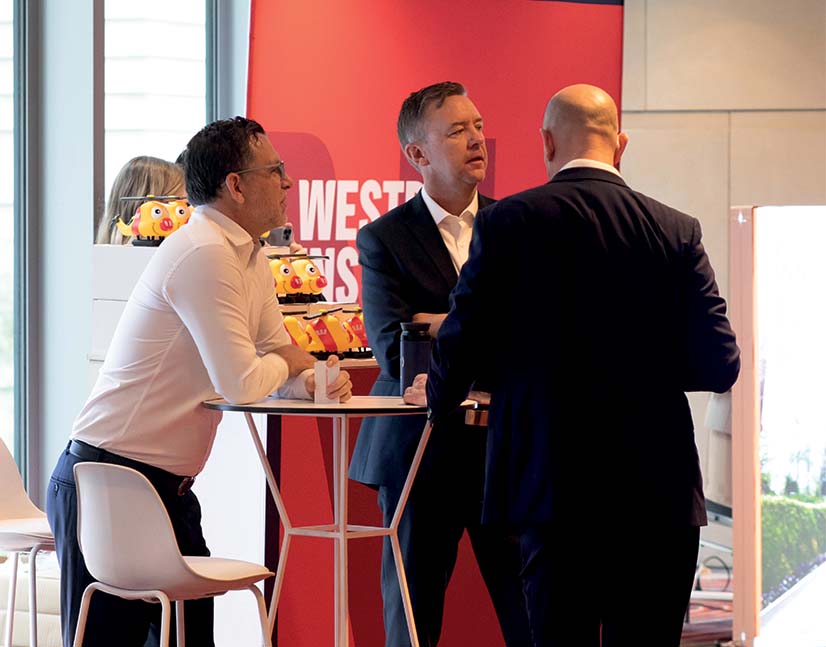
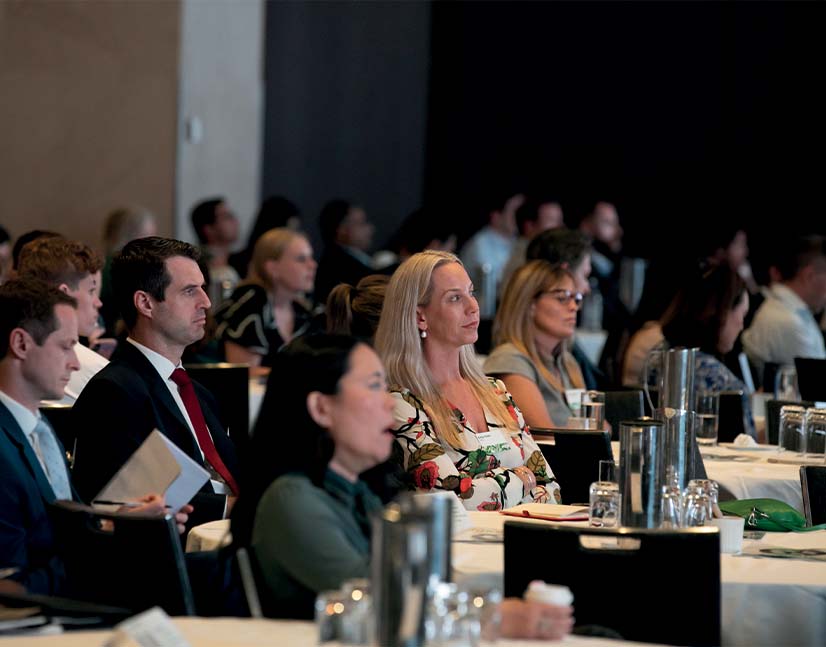
“To say the past three years have been challenging is an understatement. However, despite the pandemic, challenged supply chains and inflation, and the resurgence of war in Europe, we have seen investment in energy transition technologies continue to grow. In fact, in 2022 annual investment exceeded US$1 trillion for the first time.”
“If we follow technology economics, we are looking at a temperature rise of 2.6 degrees Celsius. Not a great story, but still better than our current policy settings imply. More so, we see a viable pathway to hitting the Paris Agreement goal of well below 2 degrees Celsius, based on what we know about decarbonisation technologies today.”
“Australia’s annual emissions is about 490 million tonnes of CO2 per year. At the moment, the offset industry creates about 17 million tonnes of abatement per year. These two numbers alone demonstrate that it is just not possible to offset the entire country’s emissions from ACCU projects. The solution is for industry to reduce its own emissions and then use offsets to bridge the gap.”

“In the last 12-18 months it has been fascinating to watch the dramatic increase in the amount of court cases relating to climate change. Globally, the number of climate change litigation cases has doubled since 2015 and Australia is second only to the US in number. The interesting thing about these cases are there is no real single cause of climate action: everything is on the table.”
“Almost everything we do to become more environmentally responsible can have an associated negative impact. It is easy to get carried away with the positive outcomes of transition but it’s not just about the big coal companies. Sometimes we don’t think about the towns that will be displaced as schools and small businesses close and people lose their jobs. This will be a major social challenge.”
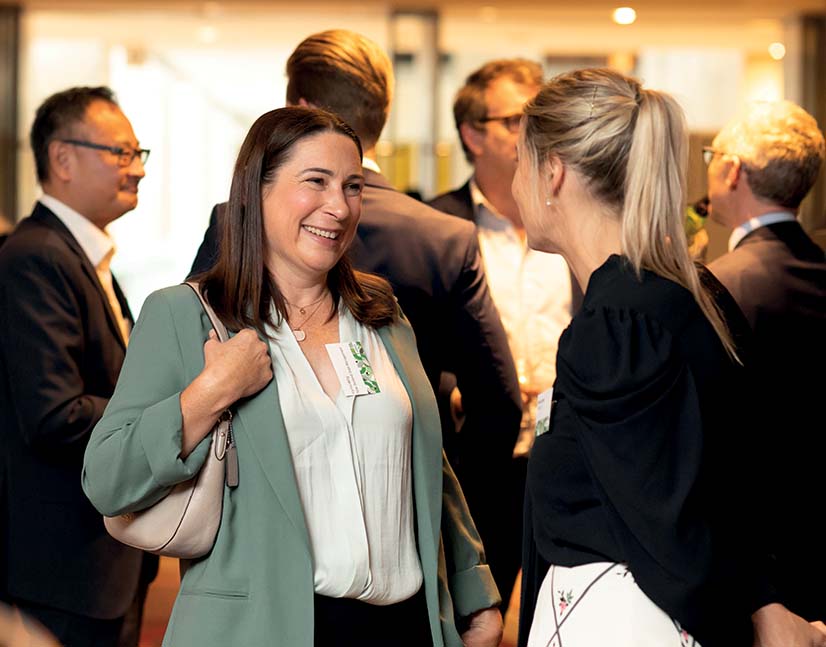
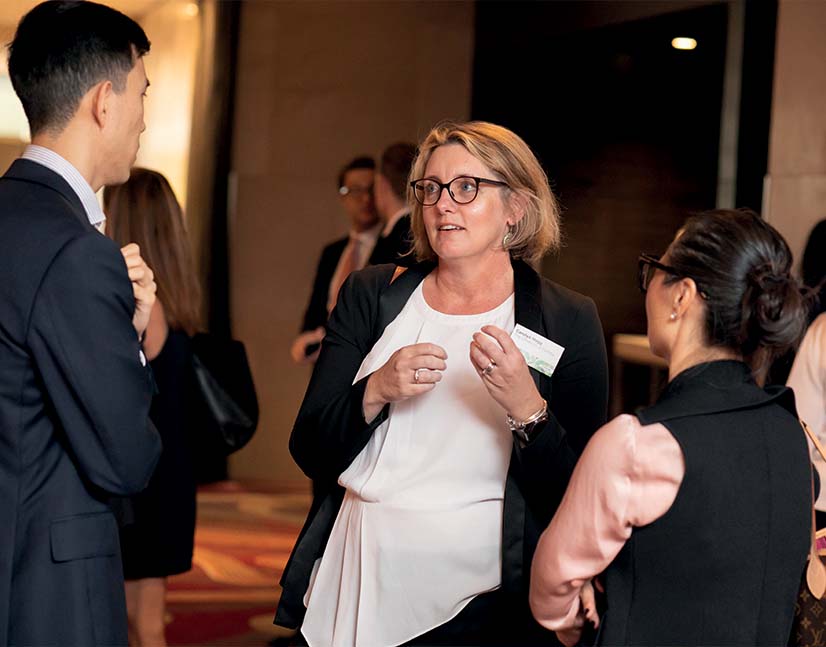
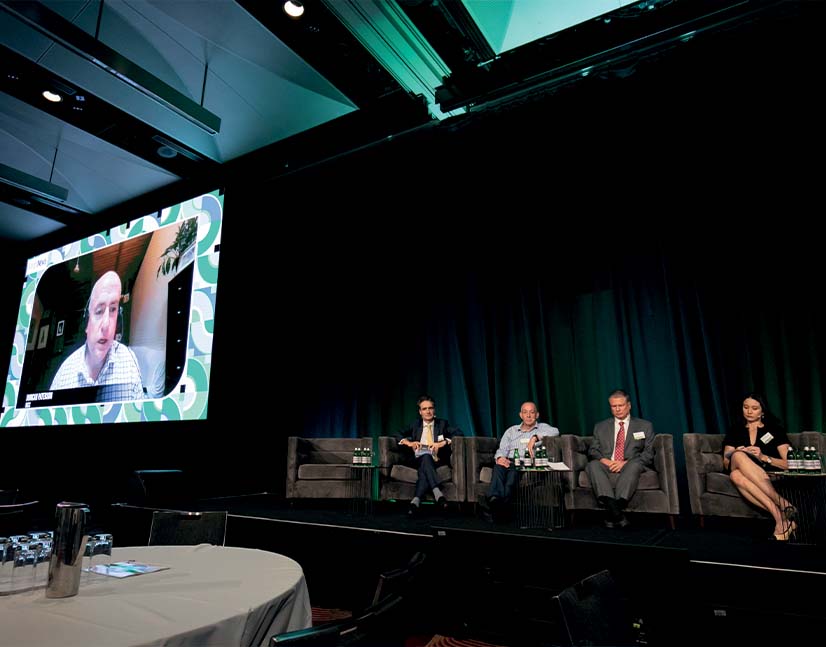
“The level of sophistication in how we will think about the financial implications of the physical impact of climate change in five years’ time will match the level of sophistication we have now, relative to half a decade ago, in the debate on transition. However, there is a considerable amount of work still to be done.”
“Many investors are focused on mitigation, and of course this is important. But they also need to consider that it is critical to build resilience to the effects of climate change. In other words, we also need to address adaptation. As part of our Climate Change Action Plan, we are committing 50 per cent of World Bank’s climate finance to adaptation projects."
“One has to think very carefully about the idea of divesting from government bonds – which are held by investors as the fundamental building blocks of portfolios and, unlike corporate bonds, are not held purely for financial returns. Given government bonds are the risk-free asset in the portfolio, by seeking to divest from them an investor is seeking to change the fundamental structure of the financial system.”
“We have focused extensively on entity as well as activity level, as well as on credibility in transition and how to build both factors into our taxonomy work. It is too early to predict the final outcome but the process has brought about significant discussion and a range of user perspectives. The inclusion and consideration of entity as well as activity is clearly where global capital markets are heading.”

“One rarely sees greenwashing in UOP bonds, which are transparent largely due to companies and Individuals staking their name and reputation. The risk is with so-called tokenism, where a company can only demonstrate its green credentials some of the time. With the new guidelines, we wanted to demonstrate the significance of putting issuance into the context of an overall plan for transition.”
EILA KREIVI
“New Zealand has legislated carbon and net zero targets as well as plans for how to reach these targets. The law is designed in such a way that successive governments are kept accountable, so we already have a structure that gives us targets and incentives to meet them. Overlaying a sustainability linked product on top could create competing priorities. With a programme as broad as ours, it would be complex to set parameters and would likely create administrative inefficiencies.”
KARINA WITTY
“To ensure transition can be financed, and to ensure adequate flow of capital to climate adaptation, ESG integration by sovereign and supranational borrowers is essential. When it comes to materially driving system change and delivering on the complex sustainability issues we face at scale, we really need to be led by governments.”
KATE ARCHER

HIGH-GRADE ISSUERS YEARBOOK 2023
The ultimate guide to Australian and New Zealand government-sector borrowers.

WOMEN IN CAPITAL MARKETS Yearbook 2023
KangaNews's annual yearbook amplifying female voices in the Australian capital market.

SSA Yearbook 2023
The annual guide to the world's most significant supranational, sovereign and agency sector issuers.












